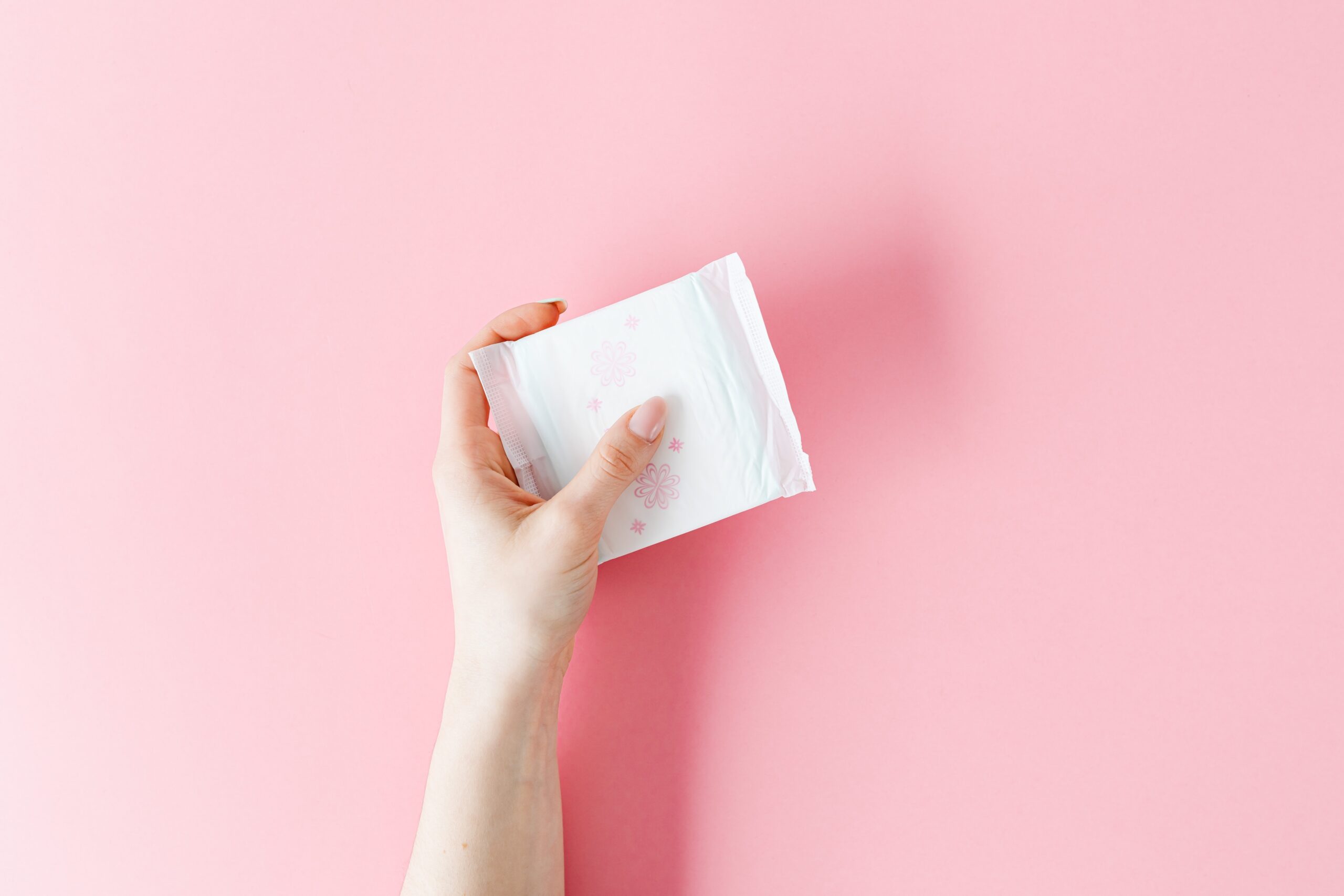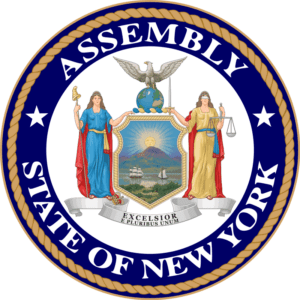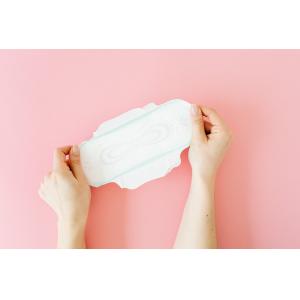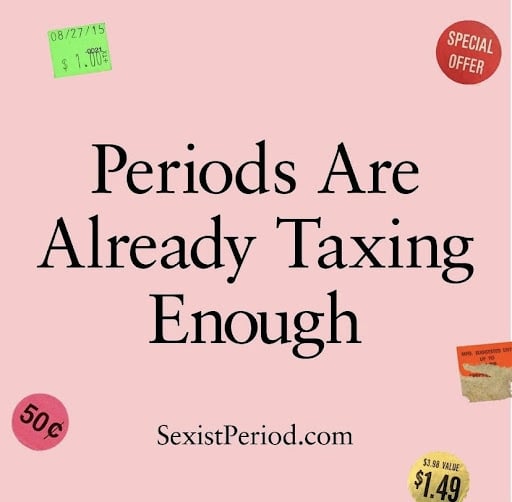By: Jenny Chen
Food, drinks, and even our shampoo list their ingredients, so why isn’t the same required for pads and tampons? Even though they literally go inside our bodies, menstrual hygiene products are not required to list their ingredients on their label on a national level. All menstruators deserve to know what is going in and on their bodies for their protection and menstrual health.
Toxic Chemicals Found in Menstrual Hygiene Products
TCC, a toxic chemical that can negatively impact our bodies. This is problematic because the vagina is one of the most absorbent parts of the body. It absorbs these chemicals faster than the skin and cannot break down the chemicals to remove them from the body. Because of this, the toxic chemicals will most likely enter our blood vessels and can lead to many health issues that affect metabolism, growth, sleep, mood, reproduction, and more. Menstrual hygiene products, a monthly necessity, can repeatedly expose menstruators to these risks. This is why it is essential that menstruators know what is in the products they use to manage their menstrual hygiene and health.
New York’s Menstrual Right to Know Act
Although menstrual hygiene products are not required to list their ingredients, a majority of products sold in the market, such as food and cosmetics, are required to disclose their ingredient list. It was not until April 6th, 2020, when the Governor of New York, Andrew Cuomo, signed the Menstrual Right to Know Act that mandated companies selling menstrual hygiene products to disclose every ingredient used onto their label. This law makes New York exemplary in advancing period equity for all. ISTG advocates that more states follow New York’s example.
 Companies with Ingredient Transparency
Companies with Ingredient Transparency
While New York is the only state that mandates ingredient transparency in menstrual hygiene products, some companies choose to disclose their ingredient list to their customers. For example, LOLA, an organic menstrual care company, discloses their ingredient list on their label. Other companies such as P&G and Kimberly Clark started to include an ingredient list on their label after consumer pressure.
Menstrual Equity for All
We do our best at I Support the Girls to distribute organic menstrual care products with safe ingredients, like LOLA and Rael, to many organizations that help people in need. However, it’s important to remember that not every menstruator has the option to choose those products because of their price. Alternative and cheaper options do not have simple ingredients like 100% cotton, plant-based bioplastic, and non-toxic adhesive, but they are still cheaper options for most menstruators. When you’re using ripped-up cardboard to manage your cycle, the ingredients aren’t going to matter as much to you as simply having access to a pad. Menstrual care companies need to switch their ingredients to safer options and disclose their ingredients on their label for menstruators to have equitable and safe access to prevent poor menstrual health for all.
Sources:


 Companies with Ingredient Transparency
Companies with Ingredient Transparency


